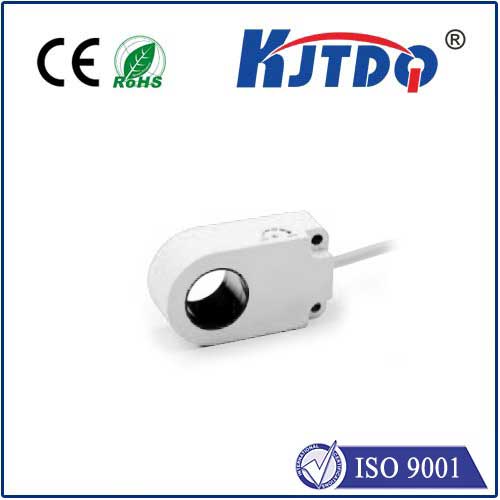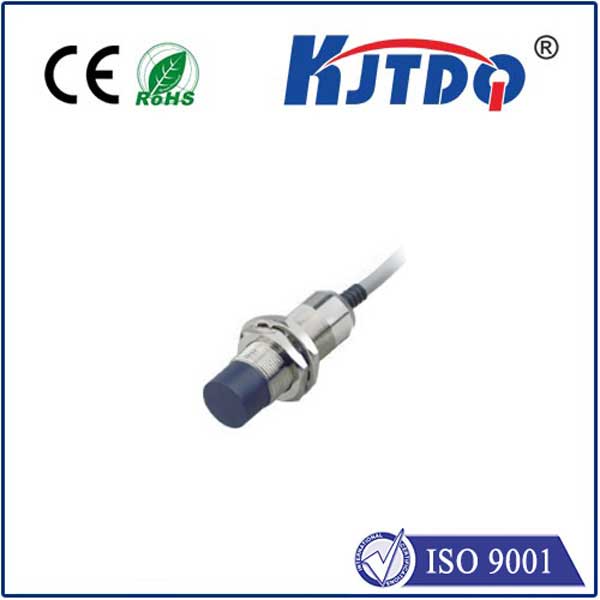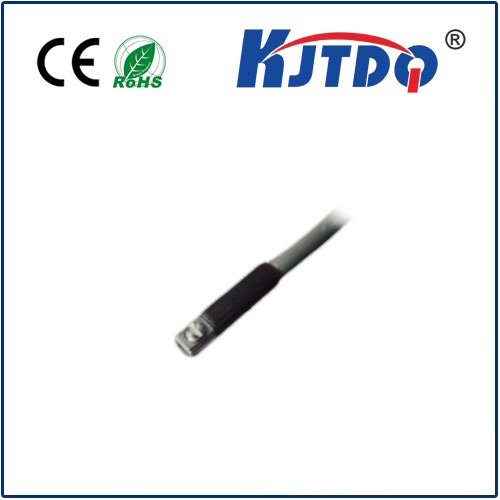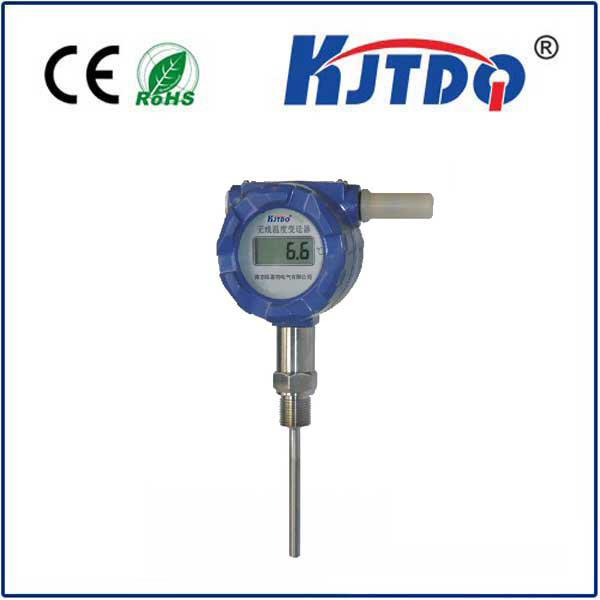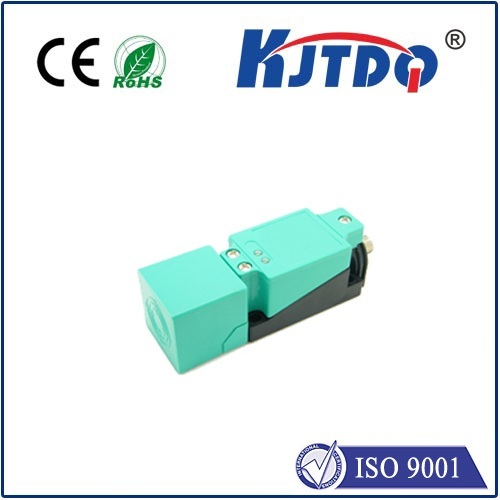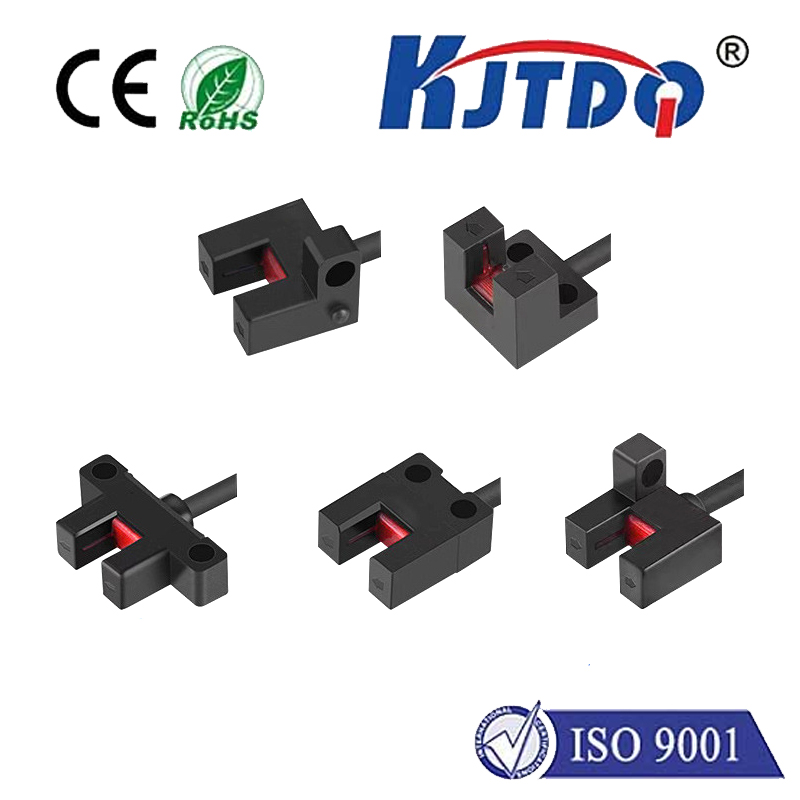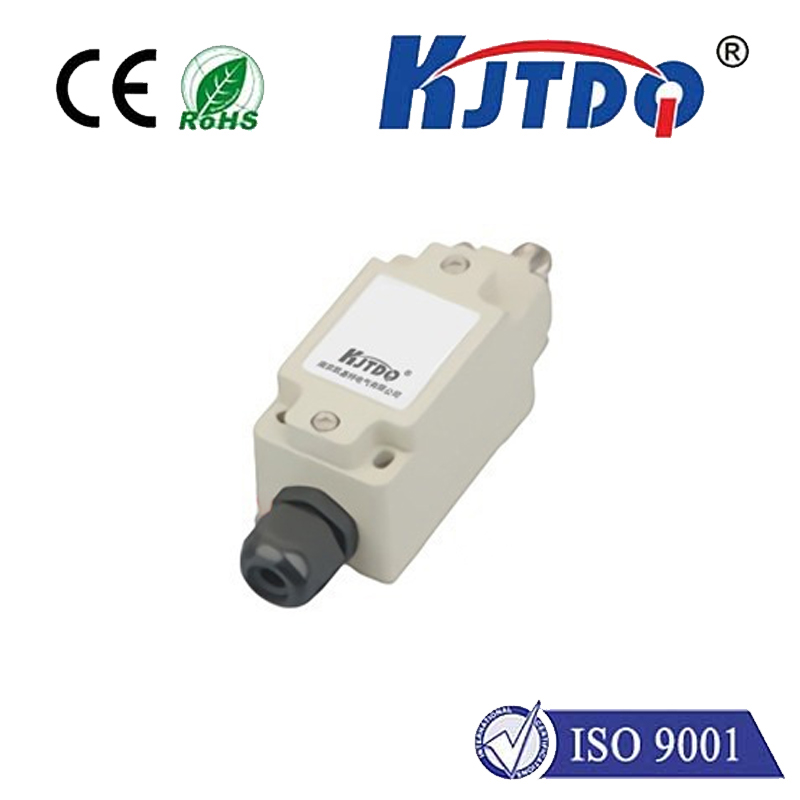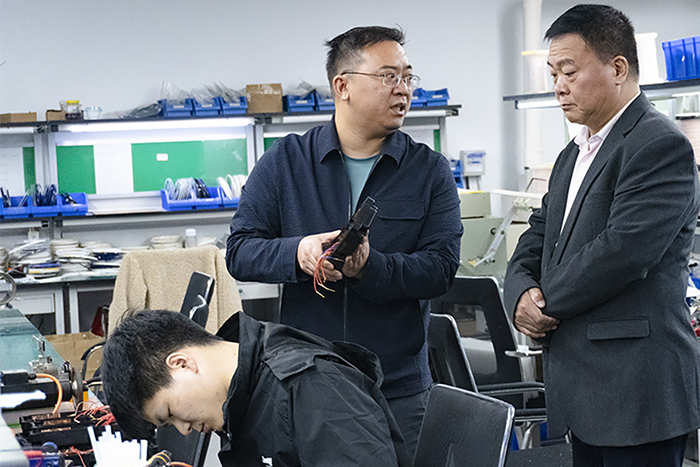
check

check

check
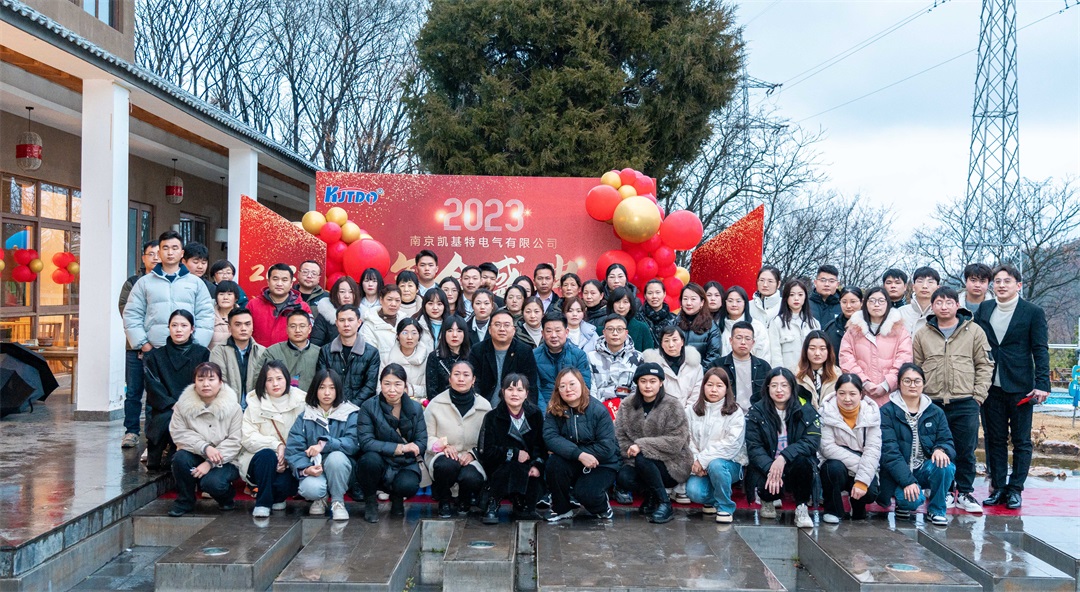
check
The Future of Precision: How Laser Eye Sensors Are Revolutionizing Medical and Industrial Applications In a world where accuracy can mean the difference between life and death, laser eye sensors are emerging as a groundbreaking technology. From delicate surgical procedures to high-stakes industrial automation, these devices are redefining precision. Imagine a tool so advanced it can detect micron-level imperfections or track eye movements with sub-millisecond latency. This isn’t science fiction—it’s the reality of modern laser eye sensors.
Laser eye sensors are optoelectronic devices that use focused laser beams to detect, measure, or monitor objects or biological systems. Unlike traditional optical sensors, they combine high-speed data acquisition with unparalleled accuracy, making them ideal for applications demanding real-time feedback and sub-micron resolution. Their ability to operate in challenging environments—such as low light or high vibration—sets them apart from conventional solutions.
At their core, these sensors rely on laser triangulation or time-of-flight (ToF) principles. In triangulation, a laser projects a beam onto a target, and a receiver calculates distance based on the reflected light’s angle. ToF systems, meanwhile, measure the time it takes for a laser pulse to bounce back, enabling 3D mapping and depth perception. Both methods excel in scenarios where contactless measurement is critical, such as medical diagnostics or quality control in manufacturing.

One of the most compelling uses of laser eye sensors lies in ophthalmology. Devices like corneal topographers use laser grids to map the eye’s surface, detecting irregularities indicative of conditions like keratoconus. “The precision of laser-based systems reduces diagnostic errors by up to 40%,” notes Dr. Emily Torres, a leading ophthalmologist. In surgery, laser eye sensors are integral to femtosecond laser-assisted procedures. During LASIK or cataract removal, these sensors track eye movements 1,000 times per second, adjusting the laser’s path in real time to avoid damaging surrounding tissue. This sub-micron tracking capability has slashed complication rates, making vision correction safer and more accessible.
Beyond medicine, laser eye sensors are the unsung heroes of smart factories. In automotive assembly lines, they scan components for defects invisible to the human eye. A recent study by the International Robotics Federation found that factories using laser sensors reported a 30% drop in production errors compared to those relying on manual inspections. These sensors also play a pivotal role in collaborative robotics (cobots). Equipped with laser-based vision systems, cobots can “see” and adapt to dynamic environments. For example, Amazon’s warehouses use laser-guided robots to navigate aisles and avoid collisions—boosting efficiency while ensuring worker safety.
Despite their advantages, laser eye sensors face hurdles. Ambient light interference can skew readings, necessitating advanced filtering algorithms. Additionally, maintaining calibration in high-vibration settings remains a technical challenge. However, innovations like adaptive noise cancellation and self-calibrating modules are mitigating these issues. Cost is another barrier. High-end medical-grade sensors can exceed $20,000, limiting accessibility. Yet, as semiconductor lasers become cheaper, companies like Keyence and SICK AG are rolling out compact, affordable models for small-scale industries.
The next leap for laser eye sensors lies in AI-driven analytics. By pairing sensors with machine learning algorithms, systems can predict equipment failures or diagnose diseases from subtle biometric patterns. For instance, researchers at MIT are developing a laser sensor that detects early-stage Parkinson’s by analyzing minute tremors in a patient’s eye. Miniaturization is another frontier. Engineers are shrinking sensors to fit into wearables, such as AR glasses with gaze-tracking capabilities. Imagine smart glasses that adjust focus based on where you look—all powered by a laser sensor no larger than a grain of rice.
From restoring vision to building smarter machines, laser eye sensors are proving indispensable across sectors. As technology evolves, their role in bridging the gap between human and machine precision will only grow—ushering in an era where “close enough” is no longer acceptable.
